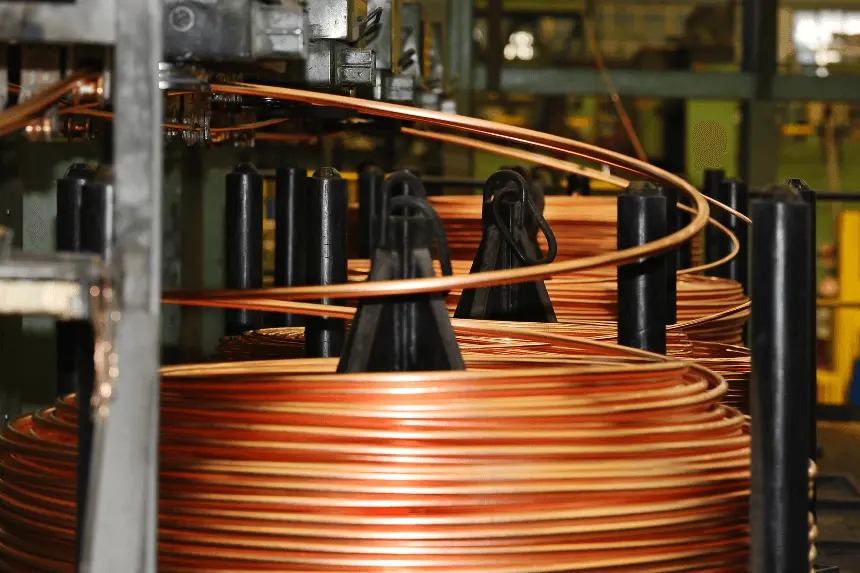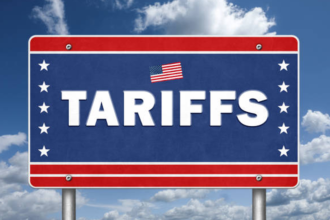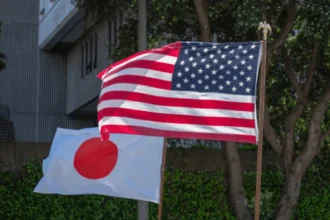President Donald Trump has pledged an aggressive rise in tariffs on copper, whereby the import tax has been raised to 50 per cent. The move is part of an attempt to keep and support U.S. industry alive through restricting outside competition. Copper, which is used extensively in the production of military equipment, electric vehicles, and construction, will now see its prices rise significantly as the new tariffs are to be implemented by the end of the month. The move comes after an investigation of the national security implications of copper imports that was initiated by Trump earlier this year.
The new tariff rate was confirmed to officially commence shortly, with Commerce Secretary Howard Lutnick announcing that Trump is planning to finalize the resolutions within the week. Even though such an increase in tariff will have a positive impact on U.S copper manufacturers, they may increase domestic costs by making such inputs as copper to be used by other industries more expensive.
Which Countries Are Most Likely to Be Affected by the New Copper Tariff?
The 50% copper tariff will primarily impact countries that export refined copper to the U.S. The U.S Geological Survey also recorded that the U.S imported approximately 810,000 metric tons of copper in the previous year, with Chile and Canada as the largest suppliers of copper. A section of players in the copper industry are hoping that they will be made to understand whether the tariff will cover the entire globe or whether exceptional countries and commodities will be excluded. The chairman of state-owned Chilean copper miner Codelco has voiced his concerns about such uncertainties, stating thaconcessionsson may affect the ultimate effect on global copper trade.
The move is part of the larger trade issues by the administration, such as a tariff increase on steel and aluminum products, which had earlier been announced. It is projected that the new tariff on copper will also follow suit, although the U.S government has also hinted that the tariffs on other commodities will also be adjusted as trade negotiations take place. Here is the link to our article on Global Steel Tariffs
What will be the Impact of the Copper tariff on the U.S. economy?
While the 50% copper tariff is aimed at protecting U.S. copper producers, experts are concerned about its broader economic implications. Scott Lincicome, the Vice President of Economics and Trade of Cato Institute, cautioned that the raising of tariffs will probably be to the disadvantage of the U.S. businesses that make use of cheap copper imports. This might mean that these industries will have to pay more to produce, which might be transferred to higher consumer prices.
The announcement equally begs the question of the overall tariff strategy of the administration. There are already specified tariffs on various products, and now most industries are waiting to see whether more tariffs will be imposed. Such a move can lead to further worsening of the international trading relationship because the Trump administration has been toying with the idea of extending the tariffs to other industries such as pharmaceuticals and semiconductors.
What are the Other Tariffs Schemes of the U.S. Works?
The 50% copper tariff is just one piece of a larger tariff strategy by President Trump. The government is also gearing up to raise tariffs on various goods imported from other countries. Trump has shown intentions of imposing new tariffs on goods manufactured in foreign countries such as South Korea and Japan, and the tariffs could go up to 40%. These changes in tariffs might take effect as early as August 1.
What is more, the U.S. is looking into the possibility of imposing 200 percent tariffs on imports of pharmaceuticals, though Trump has given the drug industry one year to work o itn it. This is an extended approach that depicts the policies of the administration in using tariffs as a tool to protect the local industries and remodel the global trade scenario. Here is the link to our article on UK-US Tariffs
Final Thoughts on the 50% Copper Tariff and Its Impact
The decision to impose a 50% copper tariff marks a significant escalation in the Trump administration’s tariff policies. Although this action is subject to safeguarding U.S. industries, especially those in the defense industries and the construction sectors, it will be a concern to American businesses that are unable to access copper through imports because they will face higher costs. The spillage of this policy is most probably going to be experienced in many industries, and it has yet to be determined how this will affect trade relations around the globe. As the 50% copper tariff moves toward implementation, businesses and consumers alike will have to prepare for the potential changes it may bring to the market.








